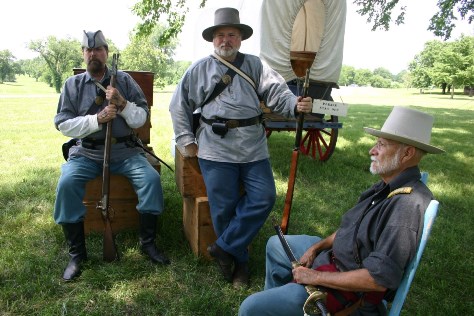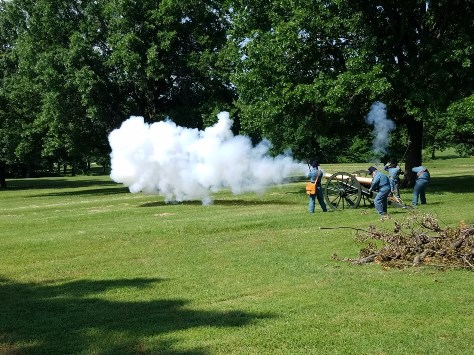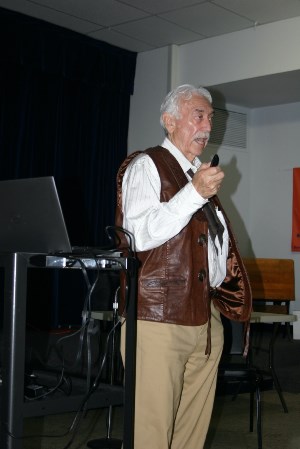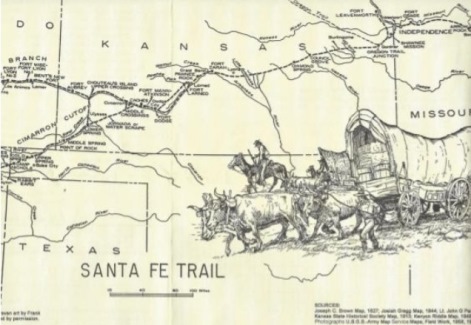

by Murrel Bland
The Santa Fe Trail played a very significant role in the development of trade routes.
That was the message that Dr. Gene Chavez presented at the summer quarterly meeting of the Wyandotte County Historical Society Saturday, June 25, at the Wyandotte County Museum.
The Santa Fe Trail started at Independence, Missouri, and stretched southwest to Santa Fe, New Mexico.
Dr. Chavez said the trail became active in 1821 when Mexico gained its independence from Spain along with Guatemala, El Salvador and Costa Rica. That same year, the United States gained control of what is now the state of Florida.
Before 1821, El Camino Real was used as a trade route for several hundred years by Plains and Pueblo Indians.

Dr. Chavez said that when Christopher Columbus discovered America in 1492, his sponsor, Spain, claimed territory in North and South America. However, as nations gained independence, those who controlled commerce changed.
The Indian Removal Act of 1830 pushed many indigenous tribes out of their ancestral lands. The Indian Appropriations Act of 1851 authorized the establishment of reservations in what is now the state of Oklahoma.
Dr. Chavez told of William Becknell, an Indian trader, who found a market for goods in Mexico. Becknell encouraged the widening of the trail so it could accommodate wagons; previously pack horses and mules were used to move goods.
Dr. Chavez told of the importance of the Grinter Ferry to cross the Kansas River for those seeking to connect to the Santa Fe Trail.
The Santa Fe Trail was used until 1880 when railroads became the main mode of transportation. The Atchison, Topeka and Santa Fe Railroad replaced wagon trains.
Murrel Bland is the former editor of The Wyandotte West and The Piper Press. He is a trustee of the Wyandotte County Historical Society.

